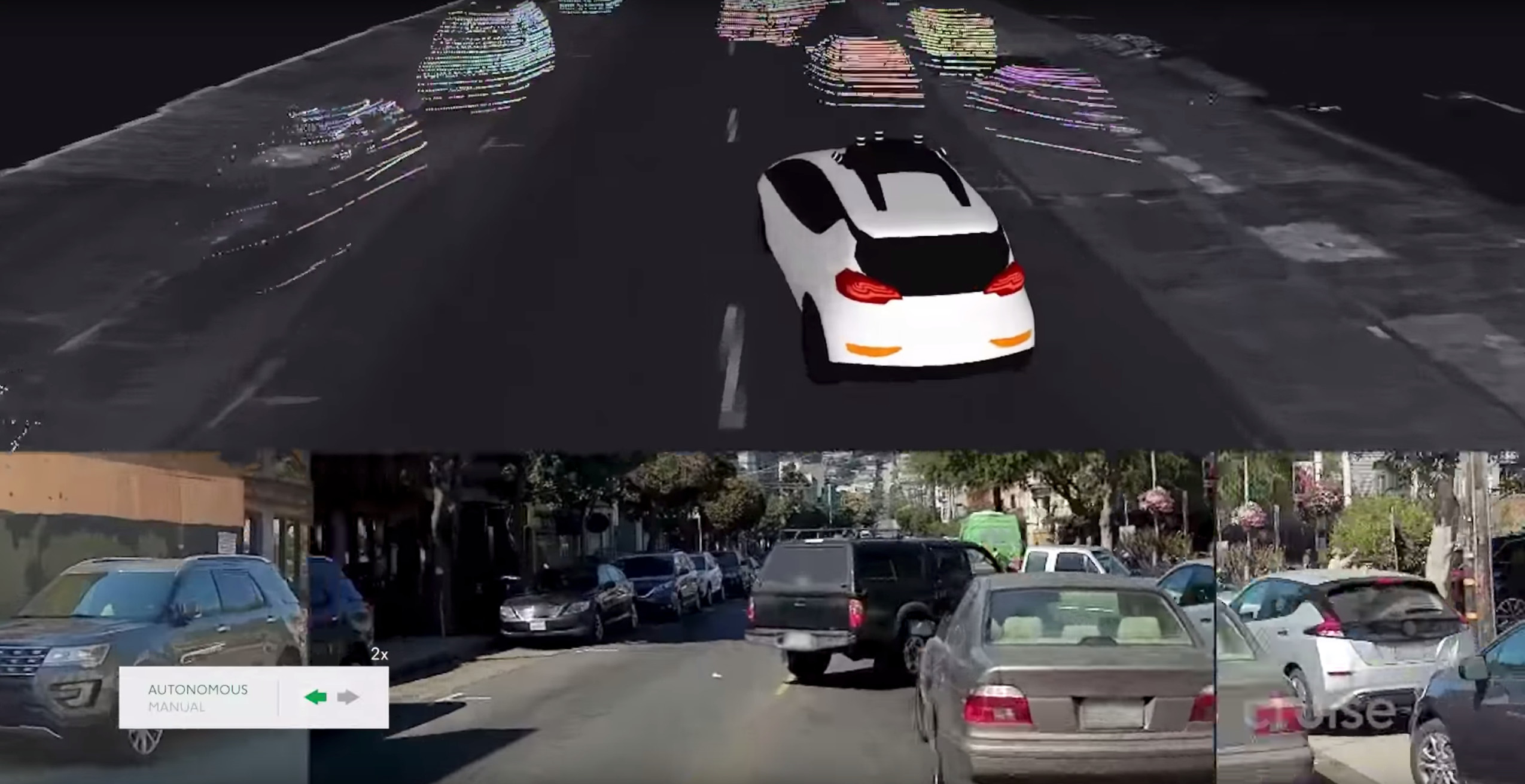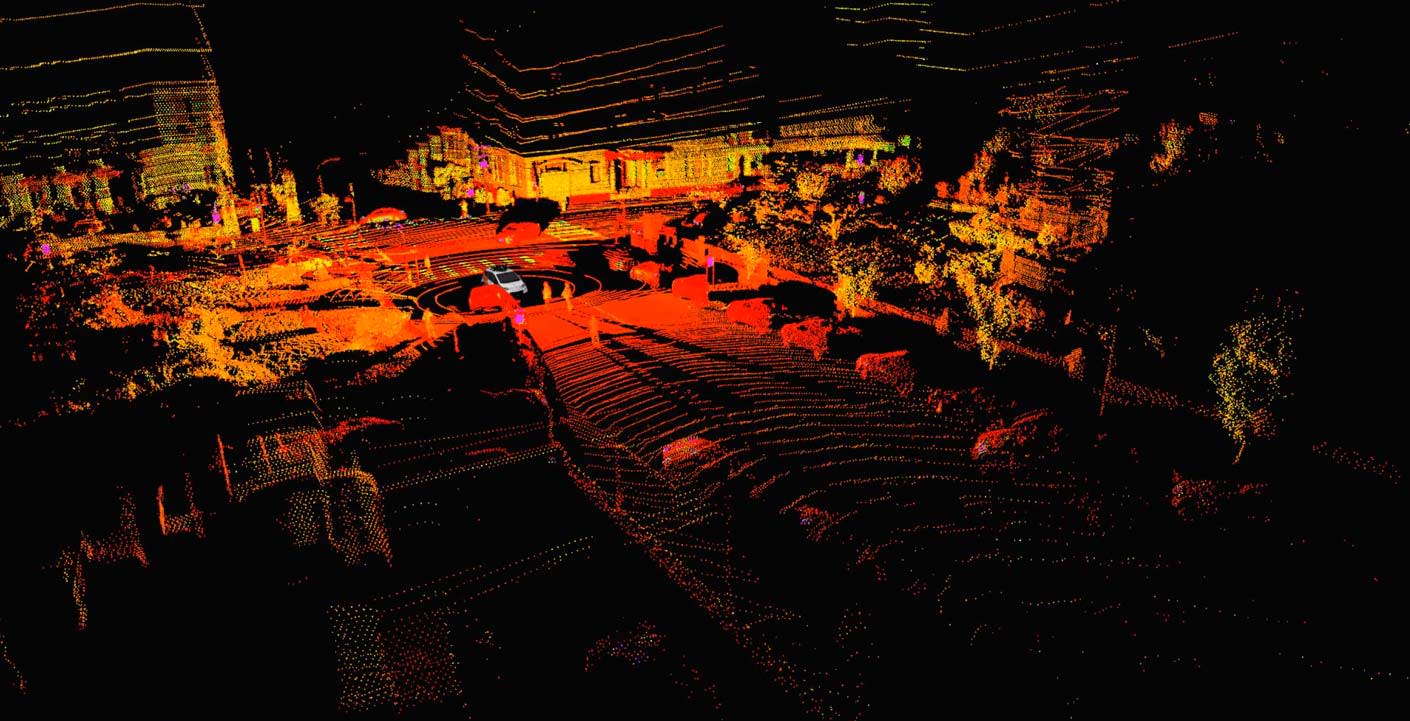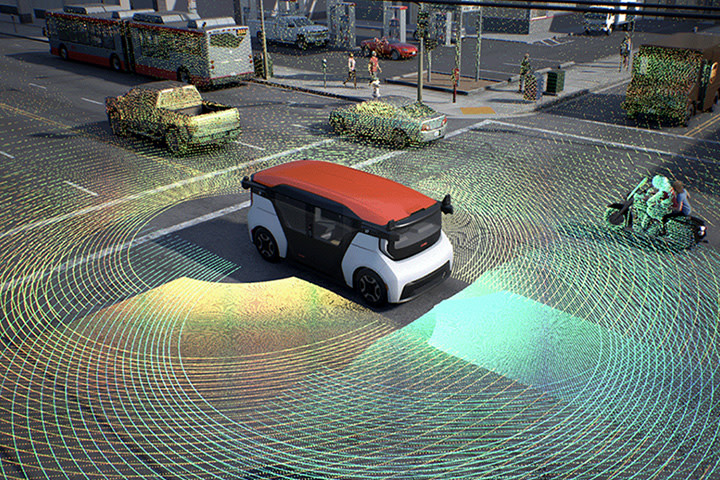Technology
How it works
How it drives
Learn how our data visualization tool shaped the future of autonomous driving.
From our experts
From our experts
Building the Most Advanced AV
Chapter 1
Accelerating AV Development
Chapter 2
Creating the AV Ecosystem
Chapter 3





